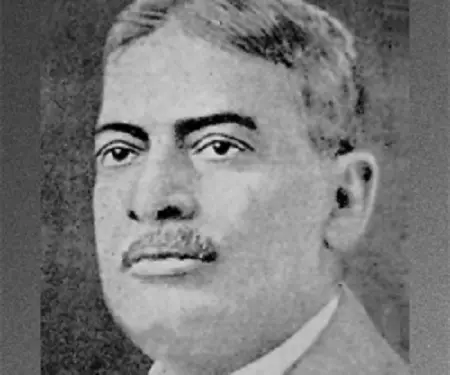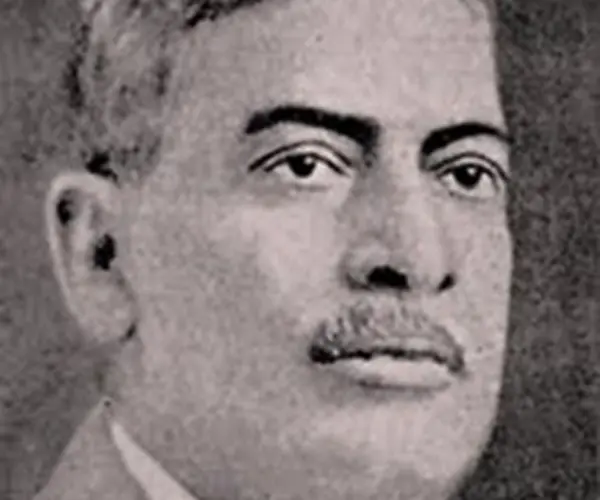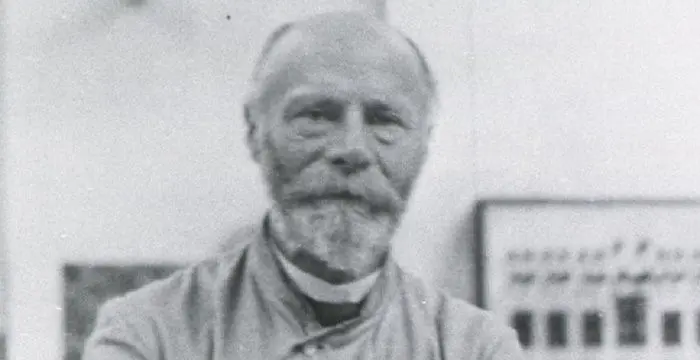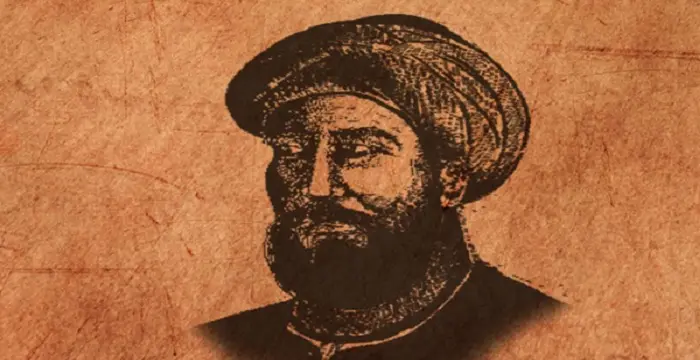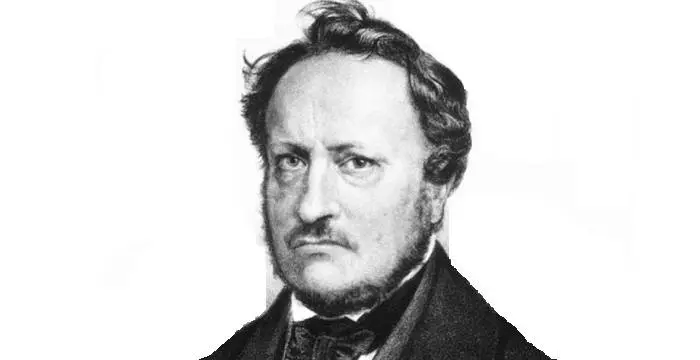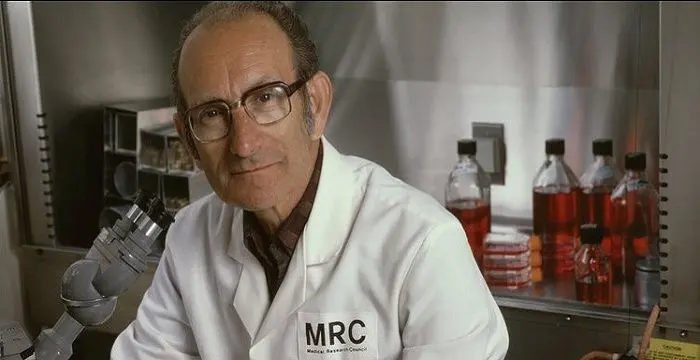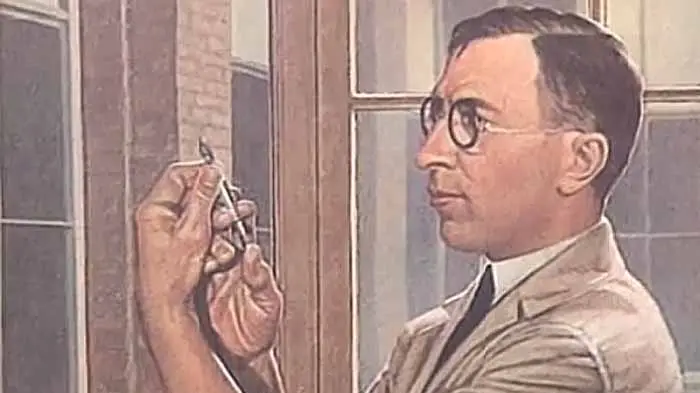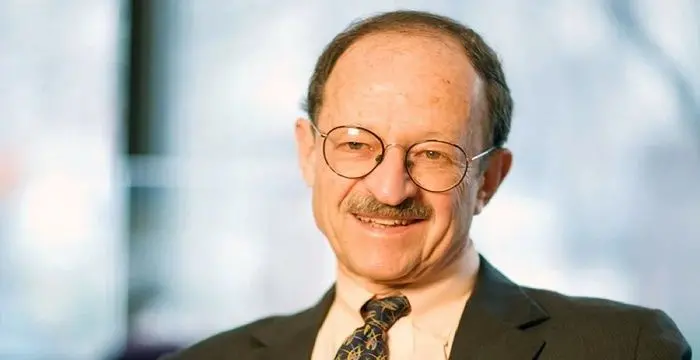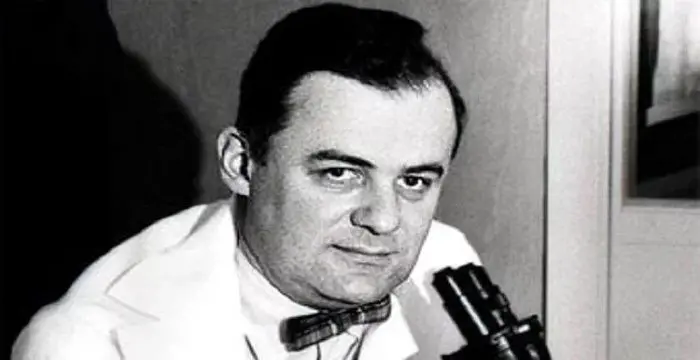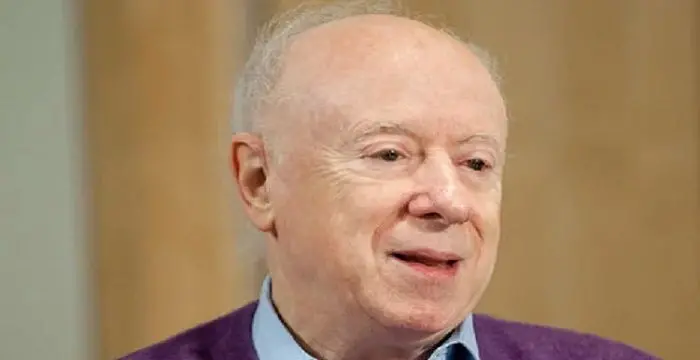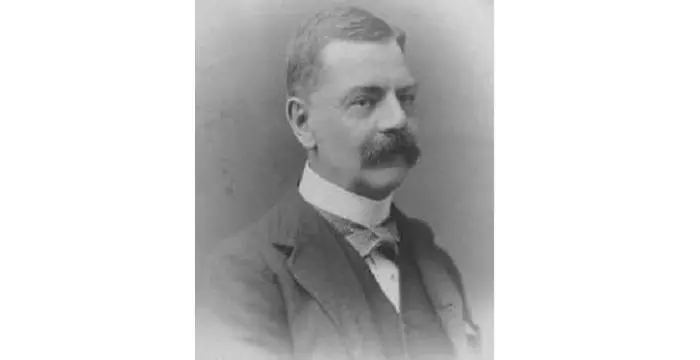
Upendranath Brahmachari - General Practitioners, Birthday and Family
Upendranath Brahmachari's Personal Details
Upendranath Brahmachari was a renowned Indian scientist and a prominent medical practitioner of his era
| Information | Detail |
|---|---|
| Birthday | December 19, 1873 |
| Died on | February 6, 1946 |
| Nationality | Indian |
| Famous | Physicians, General Practitioners, Scientists, Medical Scientists |
| Hobbies | Physique maintaining, Body building |
| Known as | Dr. Upendranath Brahmachari |
| Universities |
|
| Birth Place | Jamalpur |
| Religion | Hinduism |
| Gender | Male |
| Sun Sign | Sagittarius |
| Born in | Jamalpur |
| Famous as | Scientist |
| Died at Age | 72 |
// Famous Scientists
Juliane Koepcke
Juliane Koepcke is a German-Peruvian biologist, who was the lone survivor among the 92 passengers and crew of the ill-fated LANSA Flight 508 that crashed in the Peruvian rainforest on 24 December 1971. Know more about her life in this biography.
Henry Cavendish
Henry Cavendish was a theoretical chemist and physicist, renowned for discovery of hydrogen and calculation of the mass of earth. To know more about his childhood, profile, timeline and career read on
Konstantin Tsiolkovsky
Konstantin Tsiolkovsky was a Russian rocket scientist and a pioneer of astronautics. This biography provides detailed information about his childhood, family, personal life, career, achievements, etc.
Upendranath Brahmachari's photo
Who is Upendranath Brahmachari?
Rai Bahadur Sir Upendranath Brahmachari was a renowned Indian scientist and a prominent medical practitioner of his era. He had a remarkable personality and his most outstanding research contribution was the discovery of Urea Stibamine, an organic antimonial compound, which played a vital role in the treatment of Kala-azar, a protozoal infection. After gaining a firm foundation in mathematics and chemistry, he decided to study medicine after which he joined the Provincial Medical Service. Later, he was appointed as a teacher at the Campbell Medical School, where he spent the most productive time of his life and performed his groundbreaking research regarding the treatment of Kala-azar. During the years of his service and even after retirement, he remained actively connected to various spheres in the University of Kolkata. He was associated with almost all the known scientific and literary organizations at Kolkata and took a keen interest in humanitarian and cultural activities. He also played a significant role in the formation of the world’s second Blood Bank at Kolkata. He was the founder of Brahmachari Research Institute which became successful in the fields of both research and manufacture of medicine. He had an insatiable thirst for knowledge and as a teacher and medical practitioner, his contribution to the society is invaluable
// Famous General Practitioners
Paul Tournier
Paul Tournier was a Swiss physician and author; he is regarded as the twentieth century's most famous Christian physician. Check out this biography to know about his childhood, life, achievements, works & timeline.
Bidhan Chandra Roy
Dr. Bidhan Chandra Roy was an eminent Indian freedom fighter and the second Chief Minister of West Bengal. Check out this biography to know about his childhood, life, achievements, works & timeline.
Willem Einthoven
Willem Einthoven was a renowned Dutch physiologist who received the Nobel Prize in Medicine in 1924 for inventing the first practical electrocardiogram. Check out this biography to know about his childhood, life, achievements, works & timeline.
Childhood & Early Life
Upendranath Brahmachari was born on December 19, 1873 in Jamalpur, Bihar, to Nilmony Brahmachari, a physician in East Indian Railways, and his wife, Saurabh Sundari Devi.
He received his early education from the Eastern Railways Boys' High School, Jamalpur. Then he attended the Hooghly Mohsin College and obtained a Bachelor’s degree, with honors in Mathematics and Chemistry, in 1893.
Thereafter, he studied Medicine with Higher Chemistry and passed his Master’s degree from the Presidency College, Kolkata, in 1894.
Later, he enrolled at the University of Calcutta from where he earned his MD degree in 1902. In 1904, he earned PhD for his thesis on ‘Haemolysis’.
Career
In 1899, he started his medical career by joining the Provincial Medical Service where he was appointed a teacher of Pathology and Materia Medica. In 1901, he became a physician in the Dacca Medical School.
In 1905, he became a teacher in Medicine and Physician at the Campbell Medical School, Kolkata. He served there for many years, carrying out most of his research work on Kala-azar and made his monumental discovery of Urea Stibamine.
In 1923, he took the position of Additional Physician in the Medical College Hospital. Around 1924, he founded the ‘Brahmachari Research Institute’ at his own residence in Kolkata.
In 1927, he retired as a physician from the government service. After retirement, he served as the Professor of Tropical Diseases at the Carmichael Medical College, Kolkata.
Later, he served as the Chairman of the Blood Transfusion Service of Bengal. He played a crucial role in establishing the world's second blood bank in Kolkata, in 1939.
He was in charge of Tropical Disease Ward at the National Medical Institute. He also served as the Head of the Department of Biochemistry and an Honorary Professor of Biochemistry at the University College of Science, Kolkata.
He became a Member of the Council of ‘Kolkata School of Tropical Medicine and Hygiene’, ‘Indian Research Fund Association’, and ‘Zoological Garden’, Kolkata.
He was the first Indian to become the Chairman of the Managing Body of the Indian Red Cross Society of the Bengal Branch.
Major Works
He made outstanding contributions to medical science, particularly in the treatment of Kala-azar by discovering ‘Urea Stibamine’. It had no painful effects and was an effective substitute for the other antimony-containing compounds in the treatment of the disease.
He is also notably remembered for his pioneering work in the treatment of dermal leishmaniasis, malaria, the old Burdwan fever, quartan fever, blackwater fever, cerebrospinal meningitis, filariasis, leprosy and syphilis.
Awards & Achievements
He received the distinguished ‘Griffith Memorial Prize’ from the University of Calcutta, and was also honored with the ‘Sir William Jones Medal’ by the Asiatic Society of Bengal.
In 1921, he was given the prestigious ‘Minto Medal’ by the Calcutta School of Tropical Medicine and Hygiene.
In 1924, he was awarded the Kaisar-i-Hind Gold Medal, 1st Class, by the Governor General Lord Lytton. He also received the title of Rai Bahadur for his diverse works.
In 1929, he was nominated for the Nobel Prize in the category of physiology and medicine.
In 1934, he was conferred a Knighthood by the British Government.
He was an Honorary Fellow of State Medical Faculty of Bengal and the International Faculty of Science, London.
He was awarded several fellowships from prestigious institutions such as the Royal Society of Medicine, London, and the National Institute of Sciences, India.
Personal Life & Legacy
In 1898, he married Nani Bala Devi and raised a family with her.
He died on February 6, 1946, at the age of 72.
// Famous Physicians
Al-Zahrawi
Al-Zahrawi, was an illustrious medieval Arab Muslim physician and surgeon. Check out this biography to know about his childhood, family life, achievements and interesting facts about him.
Jabir Ibn Hayyan
Jabir Ibn Hayyan was a medieval era polymath. Check out this biography to know about his life, works and achievements.
Maria Montessori
Maria Montessori was a physician and educator who developed the approach of Montessori education. This biography of Maria Montessori provides detailed information about her childhood, life, achievements, works & timeline.
Upendranath Brahmachari biography timelines
- // 19th Dec 1873Upendranath Brahmachari was born on December 19, 1873 in Jamalpur, Bihar, to Nilmony Brahmachari, a physician in East Indian Railways, and his wife, Saurabh Sundari Devi.
- // 1893He received his early education from the Eastern Railways Boys' High School, Jamalpur. Then he attended the Hooghly Mohsin College and obtained a Bachelor’s degree, with honors in Mathematics and Chemistry, in 1893.
- // 1894Thereafter, he studied Medicine with Higher Chemistry and passed his Master’s degree from the Presidency College, Kolkata, in 1894.
- // 1898In 1898, he married Nani Bala Devi and raised a family with her.
- // 1899 To 1901In 1899, he started his medical career by joining the Provincial Medical Service where he was appointed a teacher of Pathology and Materia Medica. In 1901, he became a physician in the Dacca Medical School.
- // 1902 To 1904Later, he enrolled at the University of Calcutta from where he earned his MD degree in 1902. In 1904, he earned PhD for his thesis on ‘Haemolysis’.
- // 1905In 1905, he became a teacher in Medicine and Physician at the Campbell Medical School, Kolkata. He served there for many years, carrying out most of his research work on Kala-azar and made his monumental discovery of Urea Stibamine.
- // 1921In 1921, he was given the prestigious ‘Minto Medal’ by the Calcutta School of Tropical Medicine and Hygiene.
- // 1923 To 1924In 1923, he took the position of Additional Physician in the Medical College Hospital. Around 1924, he founded the ‘Brahmachari Research Institute’ at his own residence in Kolkata.
- // 1924In 1924, he was awarded the Kaisar-i-Hind Gold Medal, 1st Class, by the Governor General Lord Lytton. He also received the title of Rai Bahadur for his diverse works.
- // 1927In 1927, he retired as a physician from the government service. After retirement, he served as the Professor of Tropical Diseases at the Carmichael Medical College, Kolkata.
- // 1929In 1929, he was nominated for the Nobel Prize in the category of physiology and medicine.
- // 1934In 1934, he was conferred a Knighthood by the British Government.
- // 1939Later, he served as the Chairman of the Blood Transfusion Service of Bengal. He played a crucial role in establishing the world's second blood bank in Kolkata, in 1939.
- // 6th Feb 1946He died on February 6, 1946, at the age of 72.
// Famous Medical Scientists
Johannes Peter Müller
Johannes Peter Müller was a German physiologist and comparative anatomist. Check out this biography to know about his childhood, life, achievements, works & timeline.
Cesar Milstein
Cesar Milstein was an Argentinian biochemist who received the Nobel Prize for his discovery of monoclonal antibody. Explore this biography to get details about his life, career and scientific discoveries.
Frederick Banting
Frederick Banting was a Canadian medical scientist and physician who won the Nobel Prize for discovering insulin. Check out this biography to know about his childhood, family life, achievements and other facts related to his life.
Harold E. Varmus
Harold E. Varmus is an American scientist who won a share of the 1989 Nobel Prize in Physiology or Medicine. This biography of Harold E. Varmus provides detailed information about his childhood, life, achievements, works & timeline.
Frederick Chapman Robbins
Frederick Chapman Robbins was an American paediatrician and virologist who was one of the joint winners of the 1954 Nobel Prize in Physiology 1954. Check out this biography to know about his childhood, life, achievements, works & timeline.
Joseph L. Goldstein
Joseph L. Goldstein is an American molecular geneticist who won a share of the Nobel Prize in Physiology or Medicine in 1985.
Upendranath Brahmachari's FAQ
What is Upendranath Brahmachari birthday?
Upendranath Brahmachari was born at 1873-12-19
When was Upendranath Brahmachari died?
Upendranath Brahmachari was died at 1946-02-06
Which age was Upendranath Brahmachari died?
Upendranath Brahmachari was died at age 72
Where is Upendranath Brahmachari's birth place?
Upendranath Brahmachari was born in Jamalpur
What is Upendranath Brahmachari nationalities?
Upendranath Brahmachari's nationalities is Indian
What is Upendranath Brahmachari hobbies?
Upendranath Brahmachari's hobbies is Physique maintaining, Body building
What was Upendranath Brahmachari universities?
Upendranath Brahmachari studied at University of Calcutta, Presidency University, Kolkata
What is Upendranath Brahmachari's religion?
Upendranath Brahmachari's religion is Hinduism
What is Upendranath Brahmachari's sun sign?
Upendranath Brahmachari is Sagittarius
How famous is Upendranath Brahmachari?
Upendranath Brahmachari is famouse as Scientist



